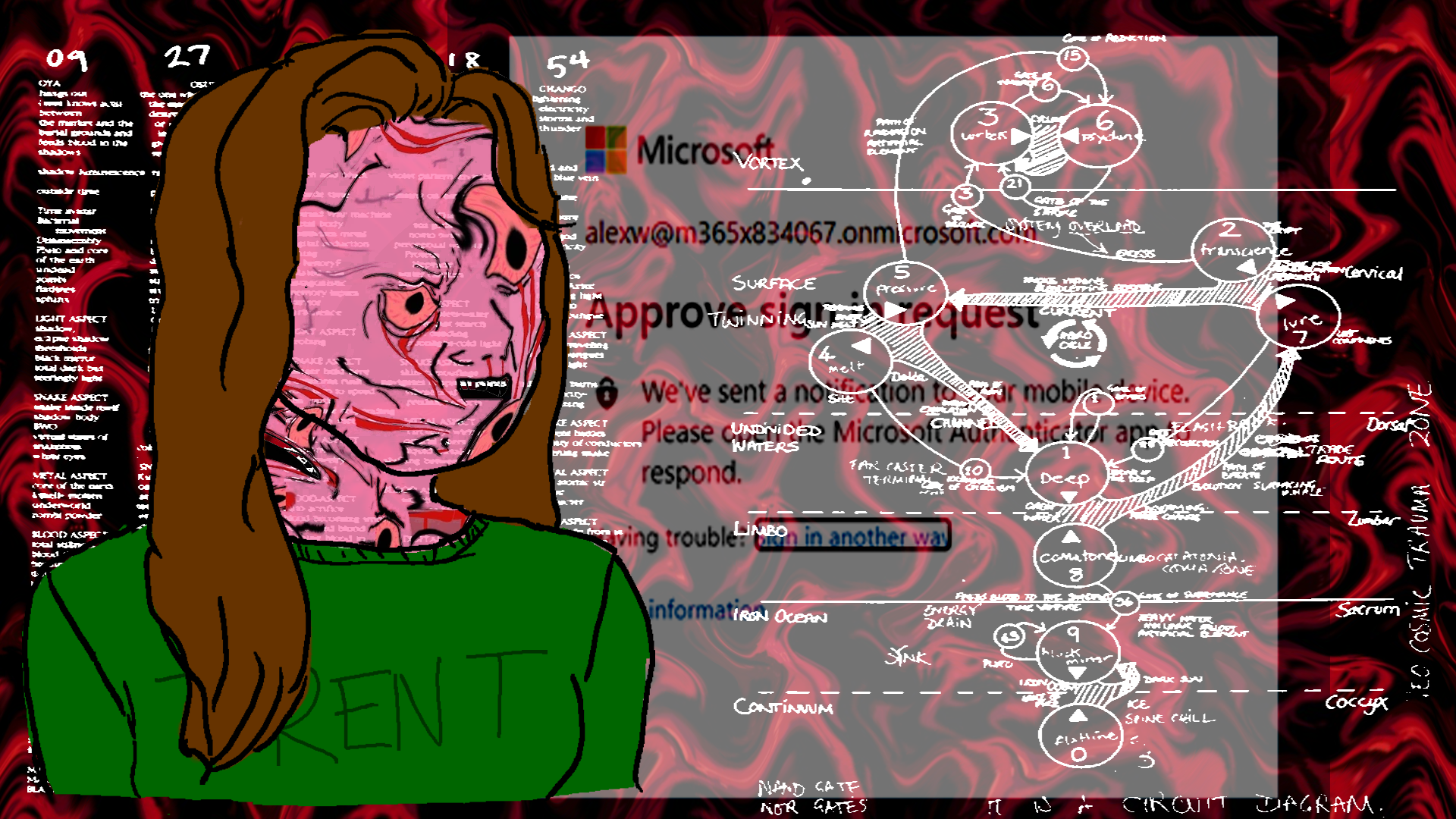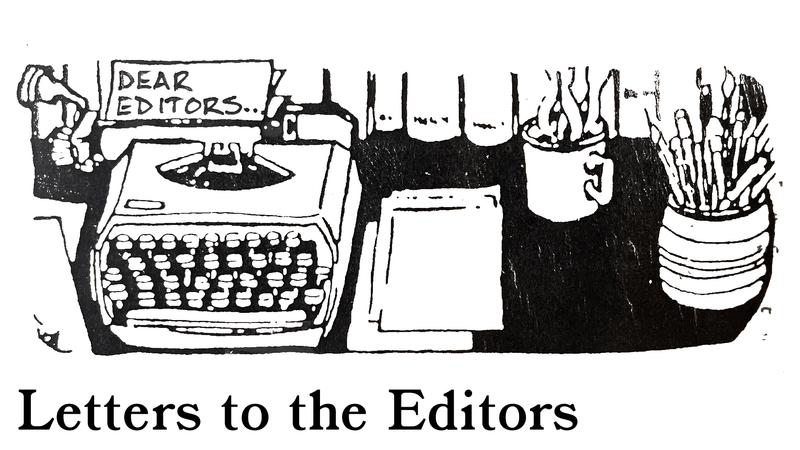There are two components to this letter and each, while different, is reflective of a common reactionary and assumptive response to closed spaces.
The first component is reflective of the Community and Race Relations Committee’s (CRRC) history of holding closed spaced discussions. Responses that suggest that these spaces exclude white people are not unusual.
I have personally witnessed this response that people in positions of power are excluded as common to all closed spaces.
I am writing as the coordinator of the CRRC of Peterborough. We partnered with members of the Trent community, including equity commissioners of the Trent Central Student Association (TCSA), to organize this important and closed space for members of the Trent community that experience racialized and colonial barriers in both the Trent and Peterborough community.
The CRRC is a city funded community organization that has a long history of working within the Trent community.
In 2011, we received a Trent Student levy, which indicated to us that the majority of Trent students wanted to support the work we do in the community and see a greater presence on campus.
Our mandate focuses primarily on public education and we also offer advocacy services for members of our community that experience racism and/or barriers due to their race and/or indigenous status.
I say this because, quite frankly, most of the work we do (and the work of the individuals and groups we partnered with for this event do) are in spaces for white folks to learn about racism and colonialism.
These spaces are most often filled with white folks who, while may have great intentions, take up a lot of space learning about antiracism and how to be better allies to racialized and indigenous folks.
What does it mean if white settlers feel entitled to every space in which people of colour and indigenous people are speaking about racism and colonialism? What does it mean when white settlers can so easily find themselves in spaces where there are only other white settlers but have such hurt feelings when people of colour and indigenous people want to, and need to, create these spaces for themselves?
Closed spaces originate from these concerns, they often exist with the hope of creating discussion spaces that have the potential to be safer for a group of marginalized people to share their experiences, concerns and ideas without coming up against the defensiveness of white settlers, and without having to spend tremendous amounts of time teaching white settlers about these experiences.
There are many spaces (physical and online) that white settlers can use to learn and unlearn. This is one space where educating those with a particular type of privilege will not be prioritized.
There are also so many ways that white settlers can show their support to racialized and indigenous peoples. One of them is by respecting these closed spaces and the sacredness and purposefulness of community building without white settlers.
We live in a world that is exclusionary for marginalized people (and it is not self victimizing to recognize that you’re impacted by this reality), so how is it that we only identify exclusion when it is seemingly excluding a group of people with power?
There is a huge difference between excluding a group of people in order to disenfranchise them and excluding people with power with the hope of creating a conversation that challenges the normalizing of that distribution of power.
Further, exclusion is not always a negative thing. I am a white settler; I am excluded from experiencing the impacts of racism and Canadian colonization. Yes, not being able to be in a space when you’re used to being able to move comfortably and freely can be confusing, but I am also not a student and I don’t expect to be included in every studentrelated activity in Peterborough.
If I don’t work somewhere I don’t expect to be included in their staff meetings. I can, however, continue to work to support students, workers, people of colour and indigenous people, etc., without taking up in space in discussions that aim to make people comfortable in sharing their unique experiences and identify particular tactics that can be mobilized by racialized and indigenous peoples in eliminating the very discrimination they face.
There are so many opportunities in our community for dialogue and the majority of the work the CRRC engages in includes anyone who wants to participate respectfully.
An event like this closed space discussion is not a one-way conversation; it is a conversation between a group of people who likely have overlapping or relatable experiences.
If creating spaces where racialized and indigenous students can meet and build community is creating more barriers, then we seriously need to ask ourselves as a greater community, as students, employees and visitors of Trent, who is actually constructing these spaces as barriers and why?
Quite frankly this is only a barrier if students of colour and indigenous students building community and organizing themselves in ways that challenge the status quo threaten us.
The second component of the letter speaks to feelings that some racialized and indigenous students may have around whether this space is for them or not.
The material promoting this discussion attempted to be inclusive and broad in reaching for students that are racialized and/or indigenous.
The concerns do speak about areas of improvement that are needed to be explicitly clear on who these spaces are for (all people of colour and indigenous folks), but the letter also left me wondering if these assumptions and feelings were simply the result of the words “closed space,” and whether or not the author even read the description beyond those words.
Every time I’ve encountered these spaces, whether they have been for racialized and indigenous folks, women, queer folk, trans folk, etc., they have all relied on the language of self-identification.
The CRRC aimed for the description of this space to make it clear that because there is no rigid definition of what it means to be racialized and/or indigenous, these spaces rely on participants self-identifying as such.
The letter made it clear that in the future we have to better define what “self identifying” means, so that participants know that there is no standard.
However, what is concerning is the depiction of folks that do want to participate in this space as self victimizing and divisive.
In our work, the CRRC aims to do two things primarily: create a learning space for allies that want to identify and challenge structural and social racism and colonialism in our community; and provide the resources for those that live with the impacts of racism and colonialism to take care of themselves and challenge this violence through whatever tactics they chose.
The CRRC recognizes that we are all complex people, all forms of oppression impact us all differently and it is not divisive to hold a space that includes seemingly conflicting experiences of racism and colonialism.
There is nothing wrong with being greatly impacted, and to have these experiences impact your daily life is not to be defined by oppression.
Often we will find that it is the people facing multiple systems of oppression who are told that they are defining themselves by their oppression, or self-victimizing themselves.
Amidst criticism, the CRRC has received tremendously positive words from individuals who participated in this closed discussion, we are proud of the work our staff and partners did to organize such a meaningful and intentional space on campus.
We hope to continue facilitating the creation of these spaces, while also continuing public education.
If anyone would like to provide additional feedback (including the anonymous author of the open letter we are responding to), or if anyone would like to be involved in future organizing of these workshops or other events place feel free to contact me at racerelation@gmail.com.


.png)


.jpg)


.jpeg)



.jpg)

.jpg)








.png)